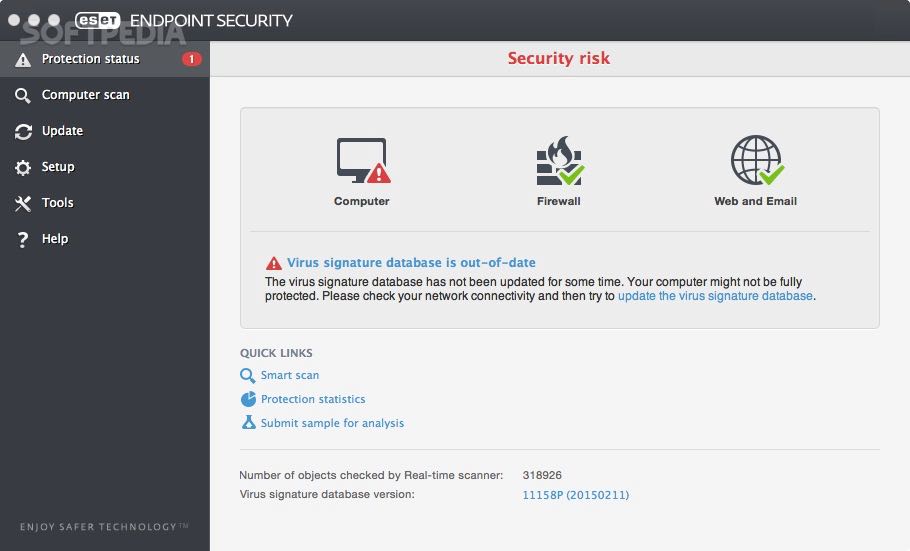

We also offer customized report as per client requirement. Middle East & Africa (Saudi Arabia, U.A.E., South Africa, Rest of MEA) Regional analysis provides insights into key trends and demands in each major country that can affect market growth in the region.Įurope (Germany, U.K., Italy, France, BENELUX, Rest of Europe)Īsia Pacific (China, India, Japan, South Korea, Rest of APAC) The global market is further segmented into type and application:īanking, Financial Services, and Insurance (BFSI) Some leading companies operating in the global Cloud Endpoint Protection market: These market players are involved in various strategies including mergers and acquisitions, collaborations, new product launches or corporate deals to retain their market position and expand their product portfolio.

Other factors such as increasing need for managing large data base, rising concerns about data security and increasing investments in R&D activities are expected to boost market growth during the forecast period.Ĭompetitive landscape of global Cloud Endpoint Protection market is quite fragmented with regional and global key players. Factors such as increasing demand for advanced ICT services in BFSI, agriculture, retail, hospital and healthcare, rapid adoption of digitalization, rising number of internet users and high demand of advanced services and devices are expected to drive global market revenue growth during the forecast period. The ICT sector consists of several sections, software, hardware, telecommunications and other services. The information and communication technology sector is rapidly gaining traction owing to rapid technological advancements, high demand for smartphones, laptops, computers and other modern electronic devices, and increasing adoption of latest technologies such as Artificial Intelligence (AI), Internet of Things (IoT), and cloud services. On the other hand, the market may be constrained by the use of pirated endpoint protection solutions, the rise in demand for integrated endpoint security solutions, dynamic IT infrastructure, and increasing cyber threats.


 0 kommentar(er)
0 kommentar(er)
